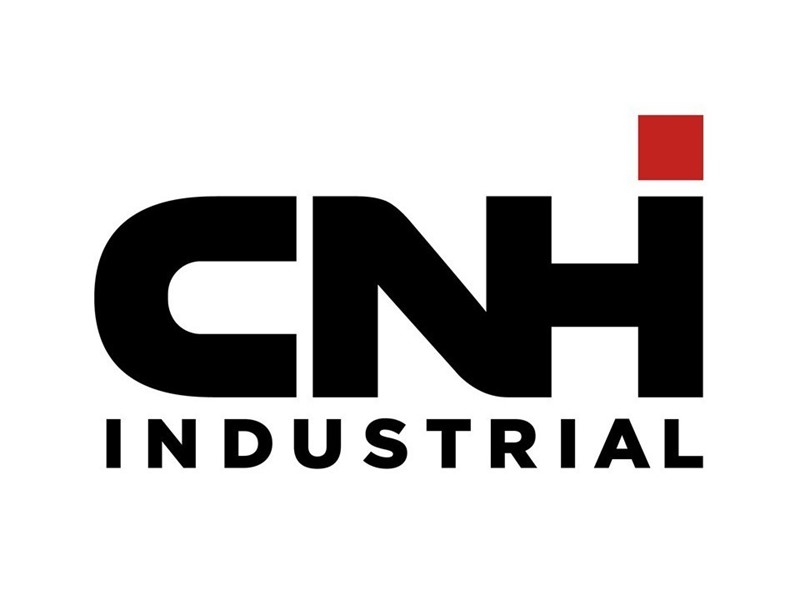Inventory Insight
One of the biggest factors impacting your success – especially as you head into the busy season – is the inventory you carry.
According to Mike Horak, head of Outdoor Products Group with Wells Fargo Commercial Distribution Finance (CDF), the ultimate question to ask when contemplating the right mix and quantity of inventory to carry for your dealership is simply “what products best meet the needs of my customers?” To answer this question, a dealer must truly understand their local market and target customer.
Successful dealers meet the needs of their primary customers by carrying a diversified product line that captures the price point of their customers. It rarely pays off to stock product, regardless of the discount received from your OEM partner, if you are not an expert on the product or it hasn’t traditionally been sought after in your market. Turning inventory more than 2.5 times should be the primary focus.
What to stock and how many lines to carry
When it comes to deciding what lines to carry or how many lines to carry, Horak recommends aligning yourself with reputable manufacturers and distributors that can meet peak-season stocking requirements, and can also be responsive to your parts and service needs.
“Dealers should select lines where they can fully represent the price points that work in their market and where they can differentiate lines and models across the spectrum,” he said. “If dealers find buyer preferences changing, it is okay to change stocking patterns, but they should work closely with their manufacturers and distributors to identify the right assortment and trends for their market.”
In all markets, it pays to continuously evaluate your customer base and customer buying habits. Pay close attention to product diversification within your primary business, but also remain open to bringing in adjacent offerings such as ag, powersport or UTV lines to best satisfy customer needs and ensure consistent cash flows through all seasons and buying economic cycles. Where seasonality impacts the products you carry, it makes sense to diversify your product mix to ensure a continuous stream of revenue.
Preventing too much inventory or stale inventory
As Horak mentioned, inventory turn is a major factor in the success of a business. Focusing on providing the products and services that meet your customer’s needs in the markets you serve should be the priority.
“It can be enticing to leverage manufacturer programs and stock-up on inventory; however, this can lead dealers to stock elevated levels of product that is not demanded by their customer base,” he said.
Increasing ordering quantity only makes sense when the product is turning fast enough to compensate for the rising inventory carrying costs. As less desirable inventory ages out, it takes up prime floor space and cuts into revenue margins. At that time, you should be quick to liquidate and to seek guidance from your manufacturer and distributor partners even if that means selling at a lower margin target.
Inventory management pitfalls to avoid
When it comes to common inventory mistakes, “look at moving equipment that you might have to discount,” said Horak. “Avoid the pitfall of carrying equipment too long before you sell it. In the inventory finance business, when a piece of equipment has a ‘birthday’ (ages beyond 365 days) it is time to liquidate not celebrate.”
He added that dealers should remember the lower margin generated from a discounted sale on mature inventory almost always saves dealers money verses holding out for a few points, continuously paying higher flooring charges and being forced to wait until the next selling season rolls around again to move the product.
Proper planning
Horak recommends taking a top-down approach to evaluating your market and your business. You have many things to consider, ranging from global trends such as water restrictions, “green” equipment push, and fuel costs to more local issues such as the timing on municipality contract expirations, restrictive local legislation and availability of licenses.
These items should help you shape your expectations to create a business strategy and budget that will guide performance. Determine which critical few business metrics are the most relevant for your objectives (inventory turn, margin, liquidity, etc.) and truly manage to those metrics.
“Often times we see customers do the right thing from a planning perspective, but fail to truly measure their performance in relation to their goal,” said Horak. “We strongly recommend dealers sit down with their key business team at a minimum each quarter to truly assess where they have excelled and where they may need to focus. “
Editor’s Note: Wells Fargo Commercial Distribution Finance (CDF) works with more than 200 manufacturing partners and more than 11,000 dealers, including some of the biggest manufacturers, in the lawn and garden industry. In addition to a host of other products and services, Wells Fargo CDF helps its partners put together inventory floor plan programs so dealers can have inventory on hand when a customer walks through the door. For more information about Wells Fargo CDF, including access to Wells Fargo CDF’s Learning Center video series on inventory management and other related topics, visit https://cdf.wf.com.



